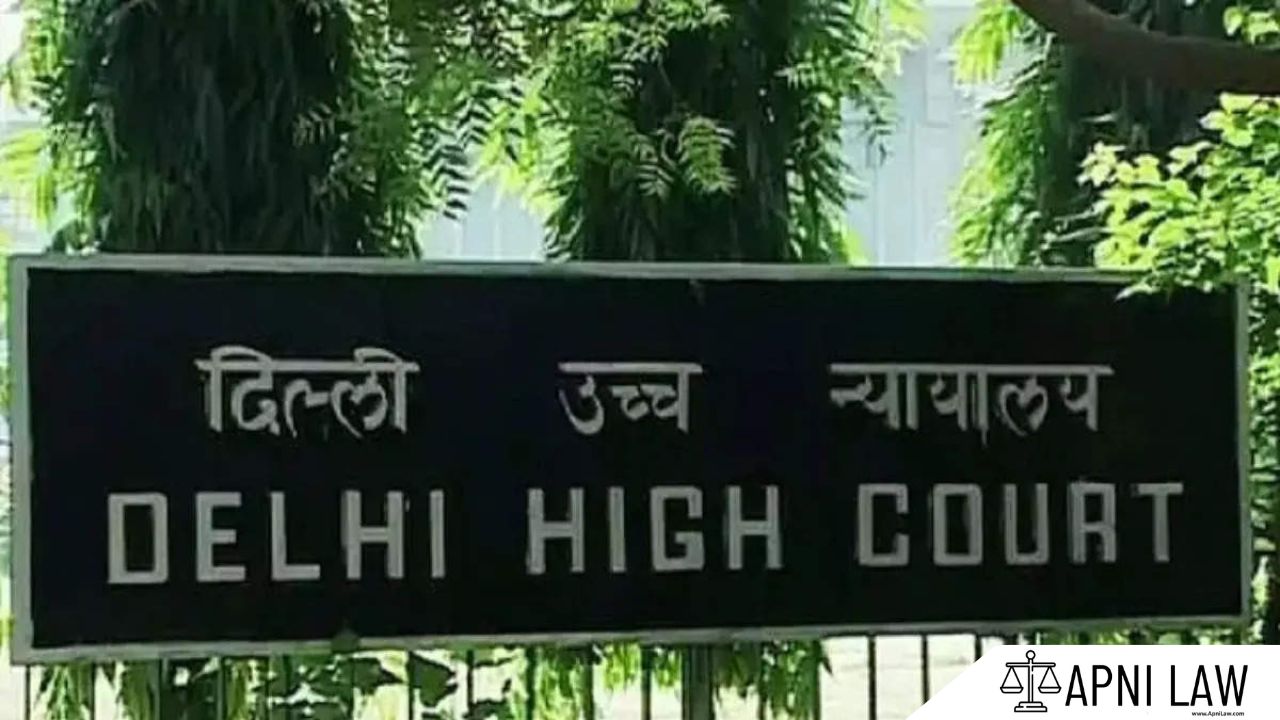Code
(1) As soon as a child alleged to be in conflict with law is apprehended by the police, such child shall be placed under the charge of the special juvenile police unit or the designated child welfare police officer, who shall produce the child before the Board without any loss of time but within a period of twenty-four hours of apprehending the child, excluding the time necessary for the journey, from the place where such child was apprehended:
Provided that in no case, a child alleged to be in conflict with law shall be placed in a police lockup or lodged in a jail.
(2) The State Government shall make rules consistent with this Act—
(i) to provide for persons through whom (including registered voluntary or non-governmental organizations) any child alleged to be in conflict with law may be produced before the Board;
(ii) to provide for the manner in which the child alleged to be in conflict with law may be sent to an observation home or place of safety, as the case may be.
Explanation
Key Provisions of Section 10:
-
Apprehension of a Child Alleged to Be in Conflict with Law:
-
If a child is apprehended by the police for being involved in an offence, they are to be immediately placed under the charge of the special juvenile police unit or the designated child welfare police officer. This ensures that the child is handled appropriately and is not subjected to the usual processes for adults.
-
-
Presentation to the Board:
-
The child must be produced before the Juvenile Justice Board as quickly as possible, but in any case, it should happen within 24 hours of being apprehended. The 24-hour period excludes the time needed for the journey from the place of apprehension to the Board. This rule ensures that the child does not remain in detention for too long without being heard in front of the Board.
-
-
Child’s Rights and Protection:
-
Important: No child alleged to be in conflict with the law is to be kept in a police lockup or sent to a jail. The law prioritizes the protection and welfare of the child, and places strong emphasis on ensuring that they are not exposed to environments designed for adult criminals.
-
-
State Government Rules:
-
The State Government is required to create rules that are in line with the provisions of the Juvenile Justice Act. These rules should ensure:
-
How children can be brought before the Board by authorized persons, including voluntary or non-governmental organizations.
-
How children are to be sent to appropriate facilities, such as an observation home or a place of safety, depending on the circumstances.
-
-
Questions and Answers
1. What is the maximum time a child can be held by the police after being apprehended?
-
A child must be produced before the Board within 24 hours of being apprehended by the police. This ensures that the child is not kept in police custody for an extended period.
2. Can a child be held in a police lockup or jail?
-
No, a child cannot be kept in a police lockup or jail under any circumstances. The law explicitly prohibits placing children in these facilities to ensure their safety and protection.
3. What happens after the child is apprehended by the police?
-
After the child is apprehended, they are placed under the charge of a special juvenile police unit or a child welfare police officer. The child is then required to be presented to the Juvenile Justice Board within 24 hours.
4. How does the child get to the appropriate facility?
-
The State Government is tasked with making rules on how the child can be transferred to the appropriate observation home or place of safety, ensuring that the child is sent to a facility that is in line with their needs.
Conclusion
Section 10 of the Juvenile Justice Act ensures that children who are alleged to be in conflict with the law are treated with special care and protection. From the moment of apprehension by the police, the child is to be handled by designated juvenile police officers and must be produced before the Juvenile Justice Board within 24 hours. The child must never be kept in a police lockup or jail, and the State Government is responsible for creating rules to ensure the child is sent to appropriate facilities such as an observation home or a place of safety.









